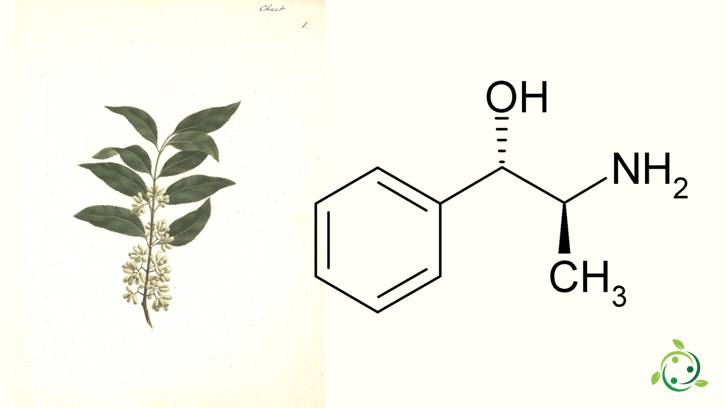Cathine
Cathine
Cathine, whose alternative name is: β-hydroxyamphetamine is an alkaloid with the brute or molecular formula C9H13NO.
Cathine is an antiphetamine which differs from this by the presence of a hydroxide group.
Cathine is an alkaloid found in qāt leaves.
The qāt (Catha edulis (Vahl) Forssk. Ex Endl.) is a plant of the Celastraceae family native to the eastern regions of Africa (Ethiopia), but widespread in the Arabian peninsula.
The leaves of this plant contain various compounds, including cathine, with a stimulating action, which causes states of excitement and euphoria, and which causes forms of addiction. In 1980 the World Health Organization classified qāt among drugs. Its cultivation and use are widespread in the territory of Yemen
The qāt qāt is mainly used to be chewed.
Fresh young leaves, and sometimes tender bud tips, are chewed for their stimulating and slightly intoxicating effects.
Chewing qāt is a centuries-old habit in rural areas to relieve fatigue during field work or to animate religious and family gatherings.
Warning: The information given is not medical advice and may not be accurate. The contents are for illustrative purposes only and do not replace medical advice.

